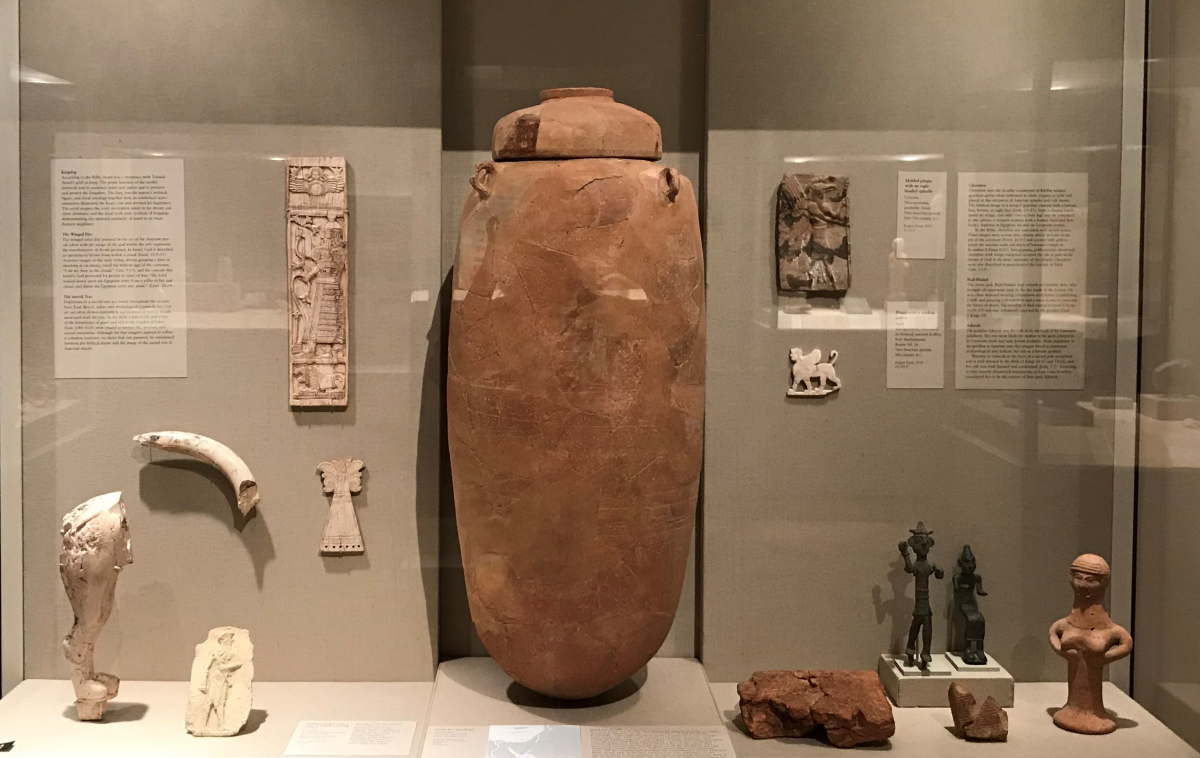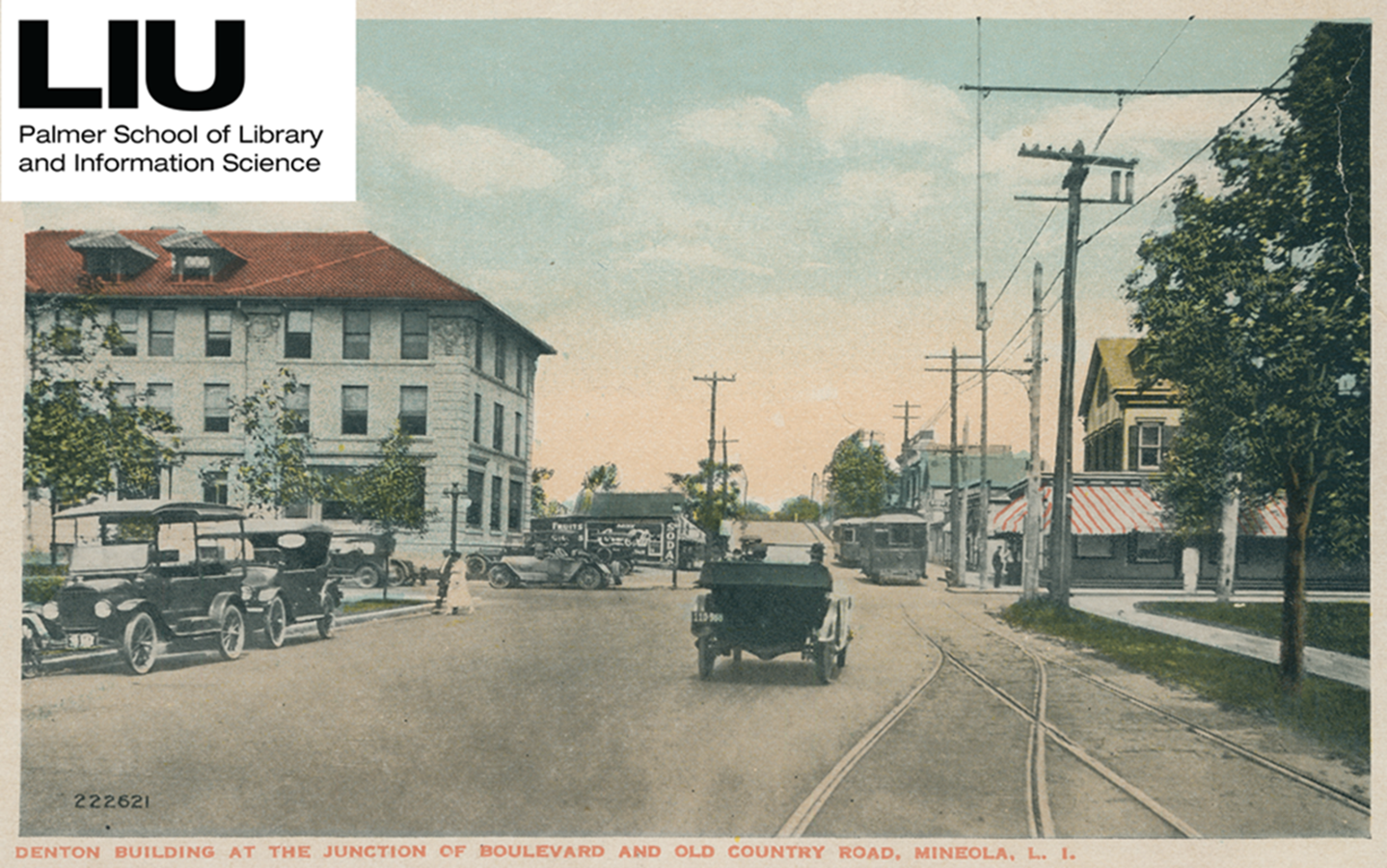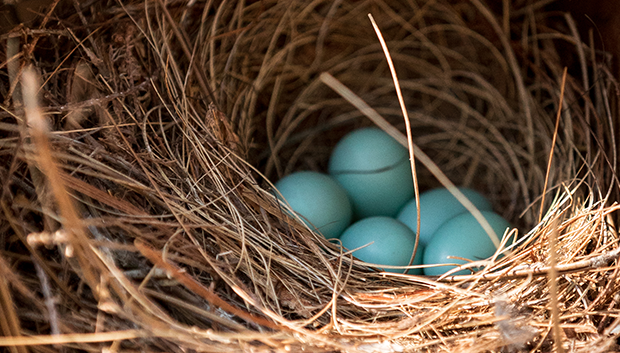Recently, Jarron Jewell, acting director of Archives and Special Collections at LIU Post, was contacted by a research associate in Ancient Near Eastern Art at the Metropolitan Museum of Art in New York City to help determine the provenance of a jar more than 2,000 years old that reportedly once contained some of the Dead Sea Scrolls.
Jewell is a graduate of both the Rare Book and Archives and Records Management Programs at LIU Palmer School of Library and Information Science, one of the leading archives and records management schools in the country.
After Anne Dunn-Vaturi, a researcher at the Metropolitan Museum of Art, reached out to her, she subsequently posted a blog, “From Qumran to New York: Documenting Provenance of a Dead Sea Scroll Jar,” as part of the Leverhulme International Network Project for the Study of Dispersed Qumran Cave Artefacts and Archival Sources.
Dunn-Vaturi’s post prominently featured a yellowed clipping from LIU’s The Post Pioneer of a story that had run on Dec. 6, 1963, with the headline, “Dead Sea Relic Loaned to Post.” Apparently, an original Dead Sea Scroll jar excavated from one of the Qumran Caves of Jordan was brought to Long Island by Dr. Richard J. Ward, associate professor of economics at Post who had just served the Hashemite kingdom in his role as an economist from the United States Agency for International Development.
The jar in question had been put on display in the exhibit room at the Post library for a special lecture series on the Scrolls before it was officially presented to the Metropolitan Museum as a gift from Jordan.
Key to the Post Pioneer story was the accompanying photograph of the jar that had “protected” the Dead Sea scroll, according to the caption.
As Dunn-Vaturi recounted, “Although the information about Cave 1Q was known from the time of the acquisition of the jar, the provenance and published references of the object were not fully documented in our database.”
That jar is currently on view in the Met’s exhibit case, “Ancient Near East and the Bible,” in Gallery 406.
The original Post Pioneer article is housed in the LIU Post Library’s Archives and Special Collections.



